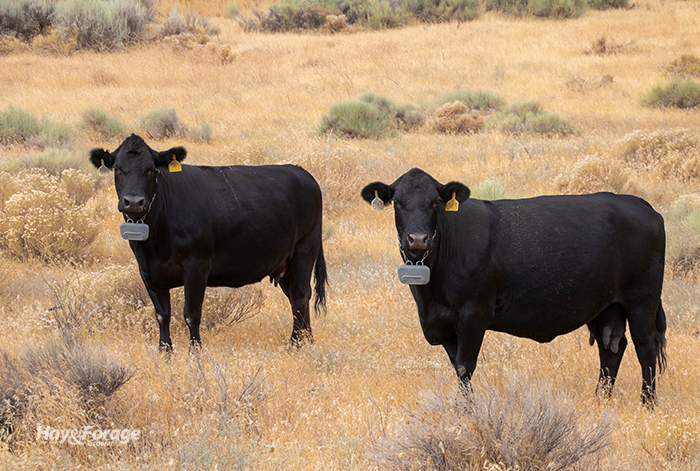
Hot topics, current issues, controversies, trends — whatever buzzwords grab your attention, the intention is to generate discussion. Though what qualifies as a hot topic to one person may be irrelevant to another, most farmers can relate to current issues and industry trends to some degree, regardless of their type of operation.
For example, the weather will never cease to find its way into a conversation with a farmer, especially when the forecast interferes with baling hay or drought conditions hamper pasture growth. Other areas of interest within the world of agriculture usually include the latest farming technology, land prices, and of course, resistant weeds and weed control.
All of these subjects were covered during the “Hot Topics” session at the American Forage & Grassland Council’s (AFGC) annual conference last month in Kissimmee, Fla. During the session, attendees were encouraged to share their questions, comments, and concerns with the group in hopes of tailoring a more relevant agenda for next year’s event. The following items include some of the inquiries and insight provided by area extension agents, researchers, and forage and livestock producers from the audience.
• Virtual fencing for grazing livestock is becoming widely adopted, especially where animals graze vast areas of rangeland in the West. As this technology is made more affordable, it may also find a place on smaller operations.
• Herbicide-resistant weeds are increasingly impacting forage production. Instead of routinely using chemical control methods, farmers need to start implementing other cultural and mechanical practices to reduce weed pressure in pastures and hayfields and slow down the incidence of herbicide resistance.
• How practical is the use of drones for the purposes of seeding, spraying, or fertilizing pastures and hayfields? Are they cost-effective and efficient?
• Extreme weather events are occurring more frequently across the country, especially torrential rain and drought. Perennial forage systems can be relatively resilient to these extremes and deserve more consideration in long-term contingency plans.
• On the other hand, seeding annual forage chains can be a proactive way to bolster feed supplies and diversify hay and grazing systems when extreme weather occurs.
• Where do opportunities exist for precision technology in forage equipment, and how can this technology be leveraged on both small and large operations?
• More research is needed to determine the proper use of biological products for better soil health and plant growth.
• Silvopasture is gaining traction as a way to diversify forage systems and provide shade to grazing livestock. It also provides another income stream.
• How can young and beginning farmers get creative when it comes to renting land and custom grazing as they gain their footing in the agricultural landscape?
• As business owners, how do producers make the best economic decisions to benefit their forage and livestock production while making a profit?
Farmer feedback
Perhaps the biggest concern among the audience was farmer representation at industry meetings like AFGC’s annual conference.
In addition to the latest research and organizational updates, many people suggested there needs to be more discussion about practical management strategies and systems-thinking approaches that producers can take home to the farm. It’s not always easy to carve time out of an already busy schedule to travel to and attend days-long events, but providing attendees with more applicable information and available resources may be the greatest incentives to participate.
More farmer-led presentations, panels, and roundtable discussions were other goals established by the group. Who better to learn from than farmers themselves? Ultimately, though, it was agreed upon that networking within different levels of the forage world is what makes national events so valuable.
“I come to this meeting for access to some of the most brilliant minds in the industry,” said one farmer member in the crowd. “There is so much value in meeting the people, knowing the folks, and sitting down beside them at lunch.”
The same can be said from the other perspective. As much information as farmers can glean from researchers and thought leaders, those scientists and industry representatives can also learn from the farmers who put their recommendations into practice and have real-life experiences to share.
Student involvement in industry events was also a highlight of the discussion. For AFGC, this includes undergraduate participation in the Forage Bowl competition and graduate student research posters on display. Giving the next generation of researchers, extension specialists, and producers a seat at the table can only benefit the future of the forage world. Looking at the young faces in attendance at this year’s annual conference, it is safe to say that future looks bright.

